Vegetable-centricity
Some ideas for beets, butternut squash, and cauliflower. And the glory of chestnuts
Hello!
First, let me just acknowledge the election that just happened. I won’t be using space here to discuss it, but my email and text inbox is open if you need a friend. 📥
It’s clear from my last 4(!) newsletters that I’ve recently been very absorbed in learning about the past. This week, I’m coming back to the present. As much as I enjoy dwelling on things that happened before I existed, the curious thing about life is that a new day appears every day, and the present beckons like a high-maintenance toddler who, whether I like it or not, needs to be attended.
For me these days, that means preparing for interviews to finally go back to work. It’s been a rough transition, especially after this incredible year I’ve spent outside the working world. I feel grateful for the mental energy I’ve had to think about things like history and write long newsletters about food for all of you, which, by the way, has been an absolute honor and pleasure.
But now, onto vegetable-centricity 🥕
In my line of work, we talk a lot about user-centricity. I work in product design, so I’m constantly trying to make sure I “understand user needs”, “get user feedback” and “include users in my design process”.
But recently, and very much inspired by a vegan cooking class I’m currently in, I’ve been thinking a lot about vegetable-centricity. What are vegetables’ needs? How can we have their voices heard in our cooking process? What lives do they live? What if we put vegetables first, and treated them like first-class citizens, rather than as garnish for meat?
This week, I want to share some things I learned and tried that may inspire you to put 3 vegetables front and center: beets, butternut squash, and cauliflower.
(By the way, I see this newsletter as more of a notebook than a portfolio, so please forgive the terrible lighting in some of these photos 😇)
Beets
I recently learned in class that if you bake beets covered in salt, they take on a much more interesting flavor. The salt plays 2 roles: first, it extracts moisture from the beets and concentrates its flavors. Second, it acts as a “second oven” so that they cook faster. According to my teacher, any root vegetable can be treated like this for enhanced flavor.
In class, we used these beets to make “beet tartar” accompanied with mustard banana “ice cream” and papad. The beet tartar consisted of finely diced beets and apples, bound together with an emulsion (simply put, a blend) of avocado, beets, and olive oil. The emulsion played a similar role to the egg yolk on a steak tartar - binding it all together. The “ice cream” is just frozen bananas mixed with a nice mustard, and the spices and crunch of the fried papad bring it all together.
So yes, you can have a flavorful tartare without meat.
My own go-to beet ‘dish’ is actually a dip inspired by a recipe in Ottolenghi’s Jerusalem. The 3 most essential ingredients are roasted beets, yogurt, and an acid (lemon or lime work best). On top of that add any spices, nuts, herbs, or roasted garlic and you’ll make something worth eating by the spoonful.
Butternut squash
I was recently at a loss for what to do with the butternut squash in my fridge, but then I remembered that Priya Krishna has a “saag paneer, but with feta” recipe. I figured you could probably make the same recipe with blended butternut squash instead of spinach, so I gave it a try.
Unfortunately, feta doesn’t stay as firm as real paneer, but otherwise I didn’t hate it! (My next project will be to try making paneer at home. Let me know if you have any tips.) I don’t think I like the taste of butternut squash enough to eat chunks of it, but when blended into soup or gravy, I think it shines a bit brighter. A few drops of lime at the end makes it even better.
Cauliflower
In class, we made a dish called “cauliflower and lime in textures”. It blew my mind. I had never appreciated the versatility of the humble cauliflower.
Here are the 5 different textures in the dish:
Diced - dice the stems into little blocks
“Couscous” - run a knife over the edge of the cauliflower to get a “couscous” like texture
“Cream” - sweat the onions, add florets, blend with 1 lime rind, a plant milk, salt/pepper, olive oil
Slices - blanch for a few seconds, pat dry, then sear
Cauliflower leaf - toss in oil and salt and bake until crispy
Air - something with lecithin but I’ll never do this at home so did not write the details down, sorry
Then assemble and garnish as you wish! I could have drunk that cauliflower cream from a cup. Cauliflower and lime is a very unexpected but tasty combination.
By the way, here are my two things to say about Culinary Class Wars.
1. This red lump made me cry.
2. The tofu challenge was the best thing I’ve seen on television. I was very inspired by it and made this tofu/soba “kongguksu” for a friend by just blending some high-quality tofu (this is key) with toasted sesame seeds (which I re-toasted because mine are going stale, oops), sesame oil, soy milk, and salt.
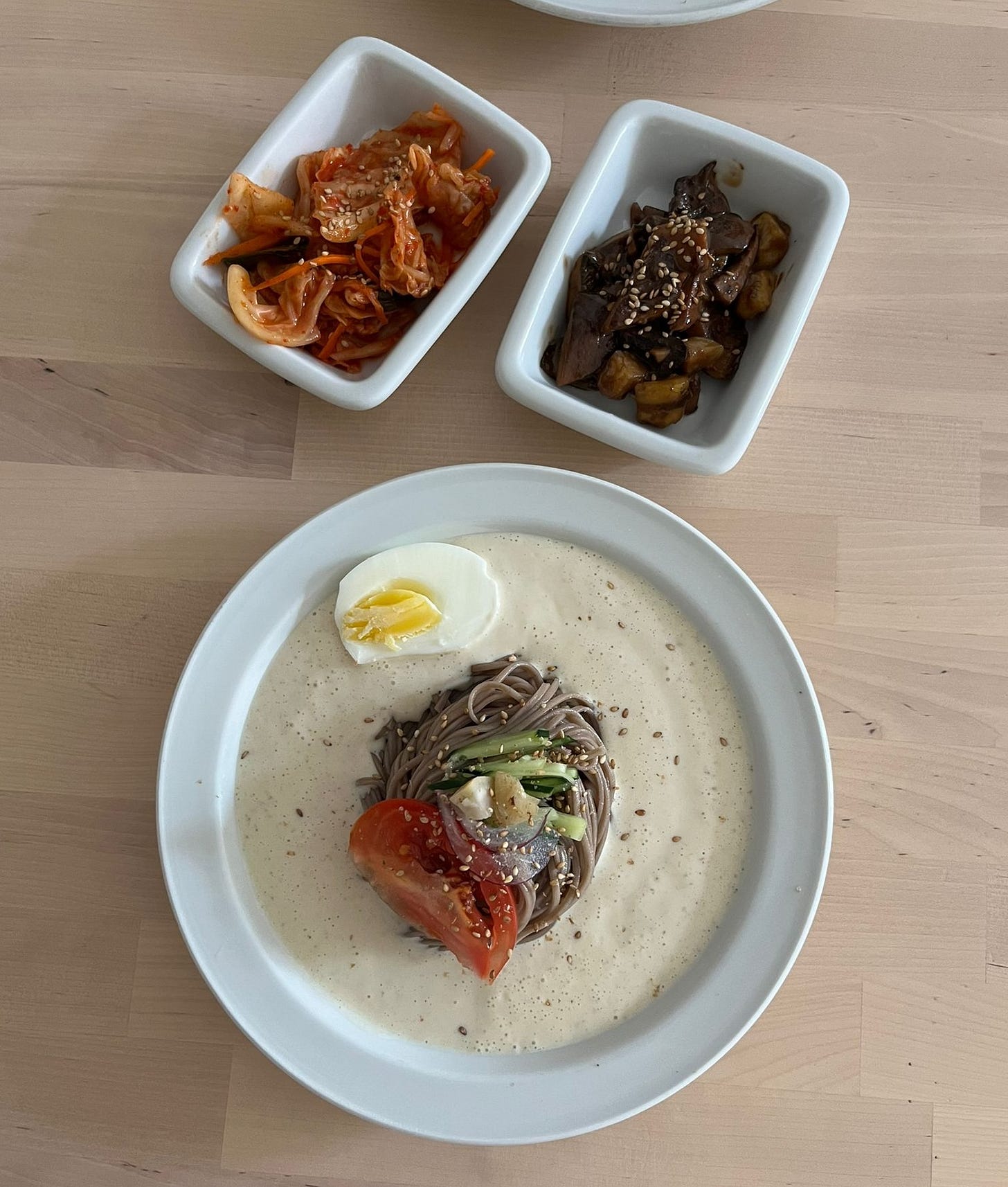
Inspired by a meal I once ate in Japan, I also tried making this tofu where I added crushed seeds after curdling, which gave it a uniquely nutty look and feel. The only hurdle was that my white wine vinegar did not sufficiently curdle my tofu, so I used a sherry vinegar instead, which I think altered the taste a bit. Alas.


That’s all. I highly recommend watching the show if you haven’t already.
One last thing
Last week, Gràcia said goodbye to the best and most lovingly made cookies in the neighbourhood. Delicati on Travessera de Gràcia closed, which is a monumental loss for the Gràcia cookie scene. Thankfully, Cati, the owner, promises to continue her business in way that’s more sustainable for her. You can find her on Instagram here.
And if there’s someone in your own neighborhood pouring their heart into their products, this is a friendly reminder to go and support them.
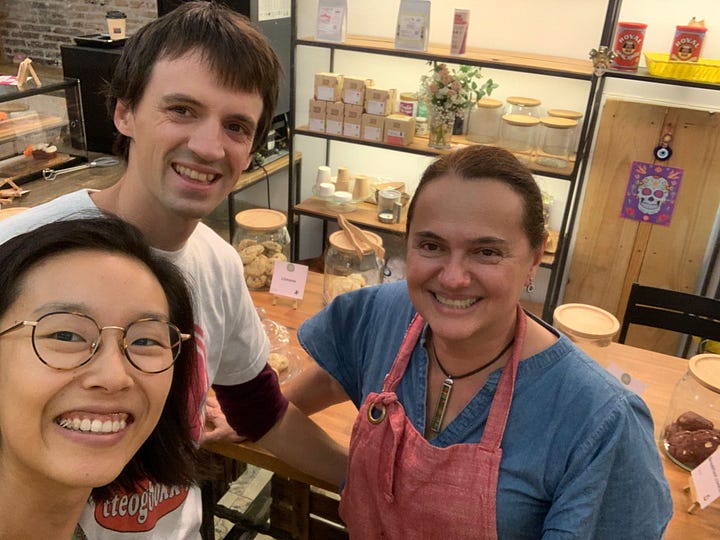

3️⃣ Barcelona tips for you
CETT has a course under Formación Subvencionada on vegan cooking that begins November 12. It’s free for anyone with a Spanish payslip or even if you’re unemployed.
Libraries across Barcelona are collecting food to support people affected by the floods until tomorrow, November 8.
Not food related, but the Banda Municipal de Barcelona (BMB) is performing at L’Auditori this Sunday at 18h to raise funds for victims of the floods. From the BMB director:
Volem estar al costat d’aquells que estan patint, pot ser, els pitjors dies de la seua vida, per dir-los que no estan a soles. La música consisteix en això: unir diferents eines i emocions diverses en un objectiu comú que naix per ser compartit. 🥹Acompanyeu-nos aquest dia per construir una estona de caliu que abraci la gent que ens necessita.1
🌏 Language corner
It’s fall, the time of plenty, so I have not one, but three phrases to share today - all centered on nuts. 🌰
도토리 키 재기 (doh-toh-ree kee-jeh-gi)
My mom taught me this phrase this past summer, and it translates to something like “comparing acorn heights”. Acorns are more or less all the same size and shape, so it’s used when someone is spotting differences where there are none.

Assemblar-se com un ou a una castanya
Second is a Catalan phrase I came across recently that has the exact opposite meaning. This one translates to “to be as similar as an egg and a chestnut”, which is to say, these two things are not similar at all.
An acorn does not have to say, ‘I intend to become an oak tree.’ Natural intelligence intends that every living thing become the highest form of itself and designs us accordingly.
And finally, a quote in English from Sonya Renee Taylor’s The Body is Not an Apology just because I find it beautiful.
I love chestnuts so much I’m considering buying a bunch, peeling them, and storing them in my freezer. I threw some into some soy sauce braised chicken I made this past week, and it was an excellent textural addition.
I may even venture to say, in the name of vegetable-centricity, that it was a dish of soy-sauce braised chestnuts, with chicken as an added garnish. The chestnuts truly shined that much.
Until next time,
Janey
"We want to stand by those who may be going through the worst days of their lives, to let them know they are not alone. This is what music is about: bringing together different tools and emotions for a common goal that is meant to be shared. Join us on this day to create a moment of warmth that embraces those who need us."




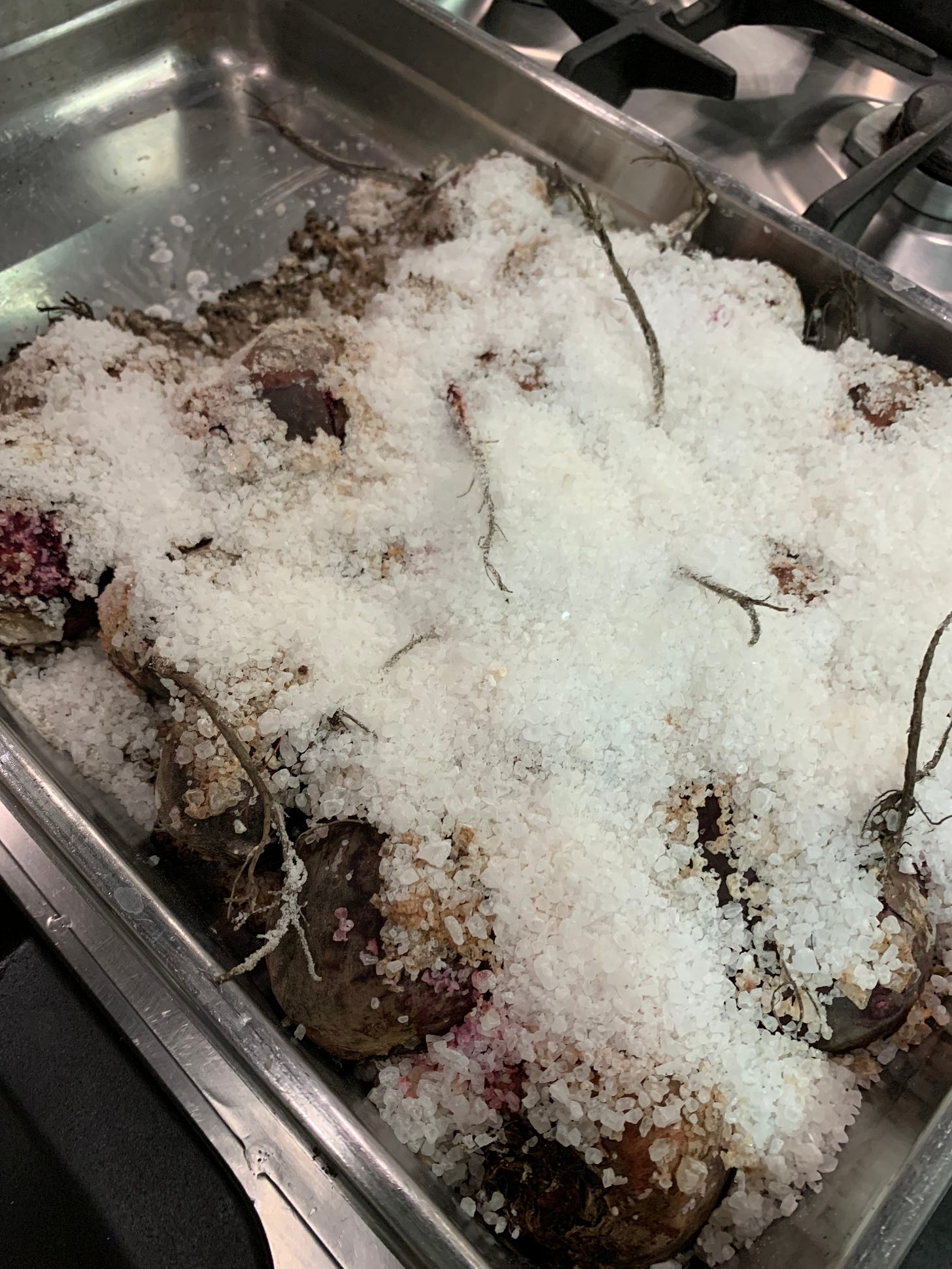
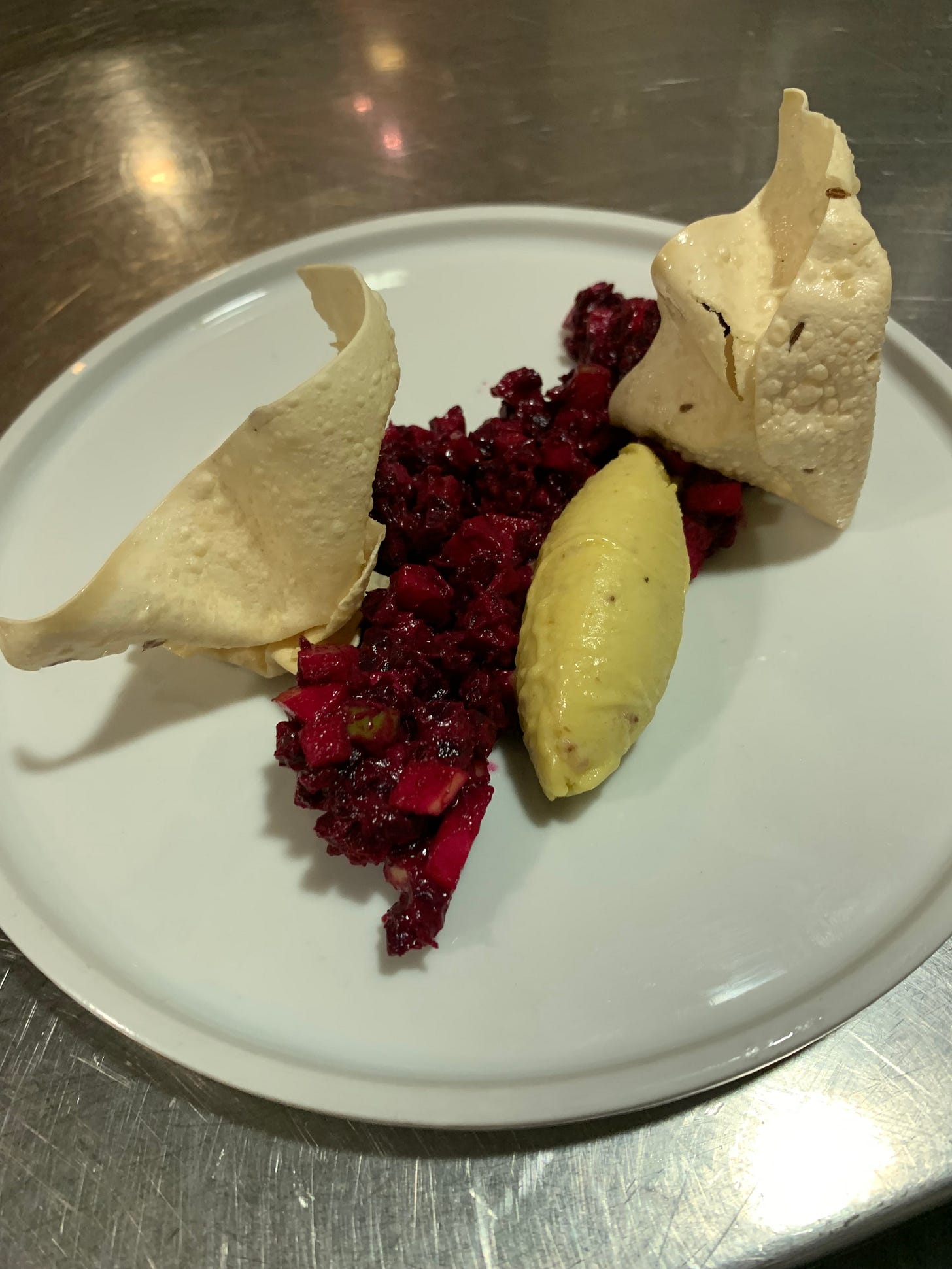


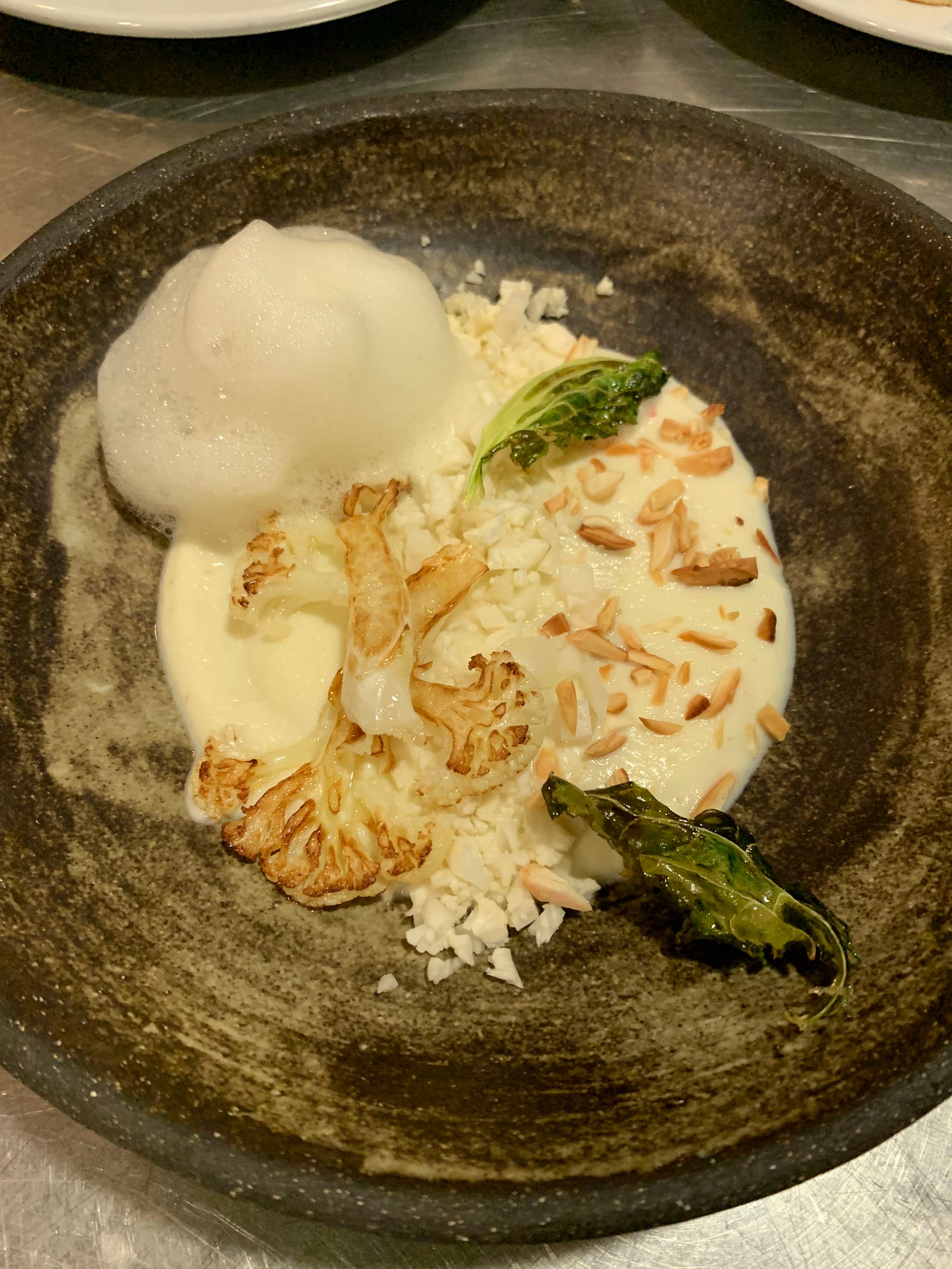
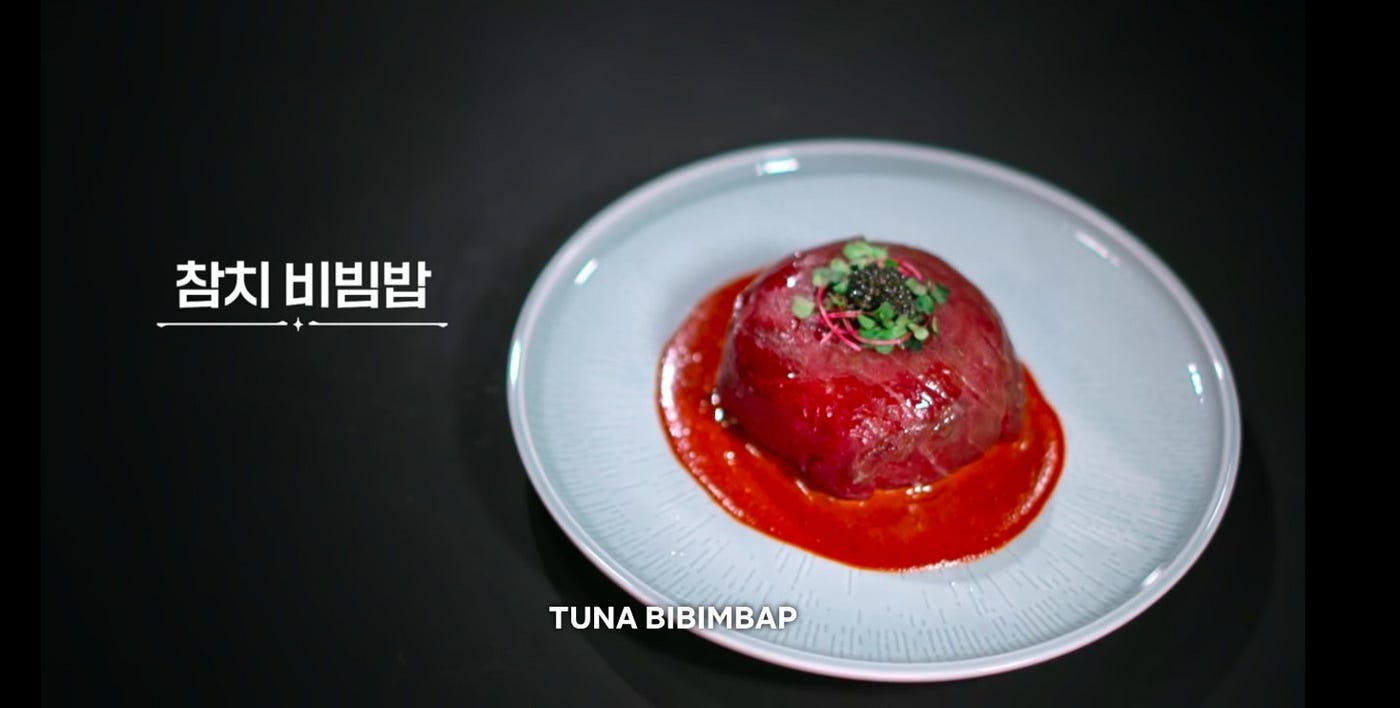

Wow great inspiration especially with all the fall beets and squash coming in our CSA 👍
I have to save this post, it's packed with so many good tips!